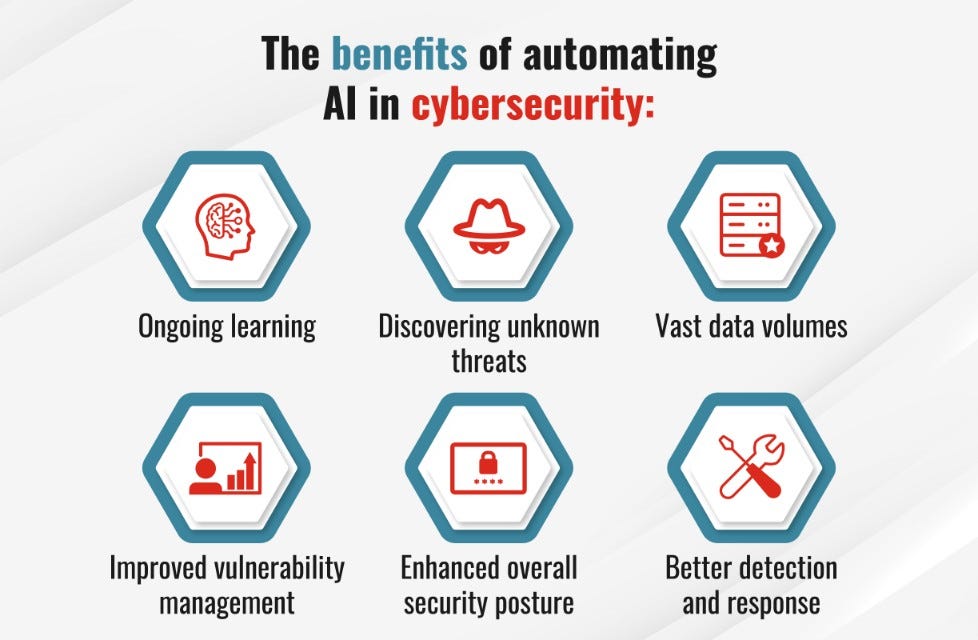
Cybersecurity and Artificial Intelligence (AI) are two rapidly evolving fields that are becoming increasingly intertwined. AI has the potential to revolutionize the way we approach cybersecurity, both by improving our ability to detect and respond to threats and by making cybersecurity more efficient and effective.
Here are some ways in which AI is being used in cybersecurity:
- Threat Detection: AI can be used to detect threats in real-time by analyzing large amounts of data and identifying patterns that might indicate an attack. Machine learning algorithms can be trained to recognize specific types of threats, such as malware, and respond accordingly.
- Behavioral Analysis: AI can also be used to analyze user behavior and detect anomalies that might indicate a security breach. By monitoring things like user logins and network activity, AI algorithms can identify unusual patterns and alert security teams to potential threats.
- Fraud Detection: AI can be used to identify fraudulent activities, such as credit card fraud, by analyzing transaction data and looking for patterns that are indicative of fraud.
- Network Security: AI can help improve network security by identifying vulnerabilities and suggesting ways to improve security. For example, AI algorithms can analyze network traffic to identify potential weaknesses and recommend changes to the network infrastructure to make it more secure.
- Automated Response: AI can be used to automate cybersecurity responses, such as blocking suspicious IP addresses or shutting down compromised systems. This can help reduce response times and improve the overall effectiveness of cybersecurity measures.
Despite the many benefits of AI in cybersecurity, there are also potential risks and challenges. For example, AI algorithms can be vulnerable to attacks and may themselves be used as a tool for cyber criminals. Additionally, there are concerns about the ethical implications of using AI in cybersecurity, such as the potential for bias or discrimination.
Overall, AI is an exciting and rapidly evolving field that has the potential to revolutionize the way we approach cybersecurity. As the technology continues to advance, it will be important to carefully consider the potential risks and benefits and to develop ethical guidelines for its use in cybersecurity.
